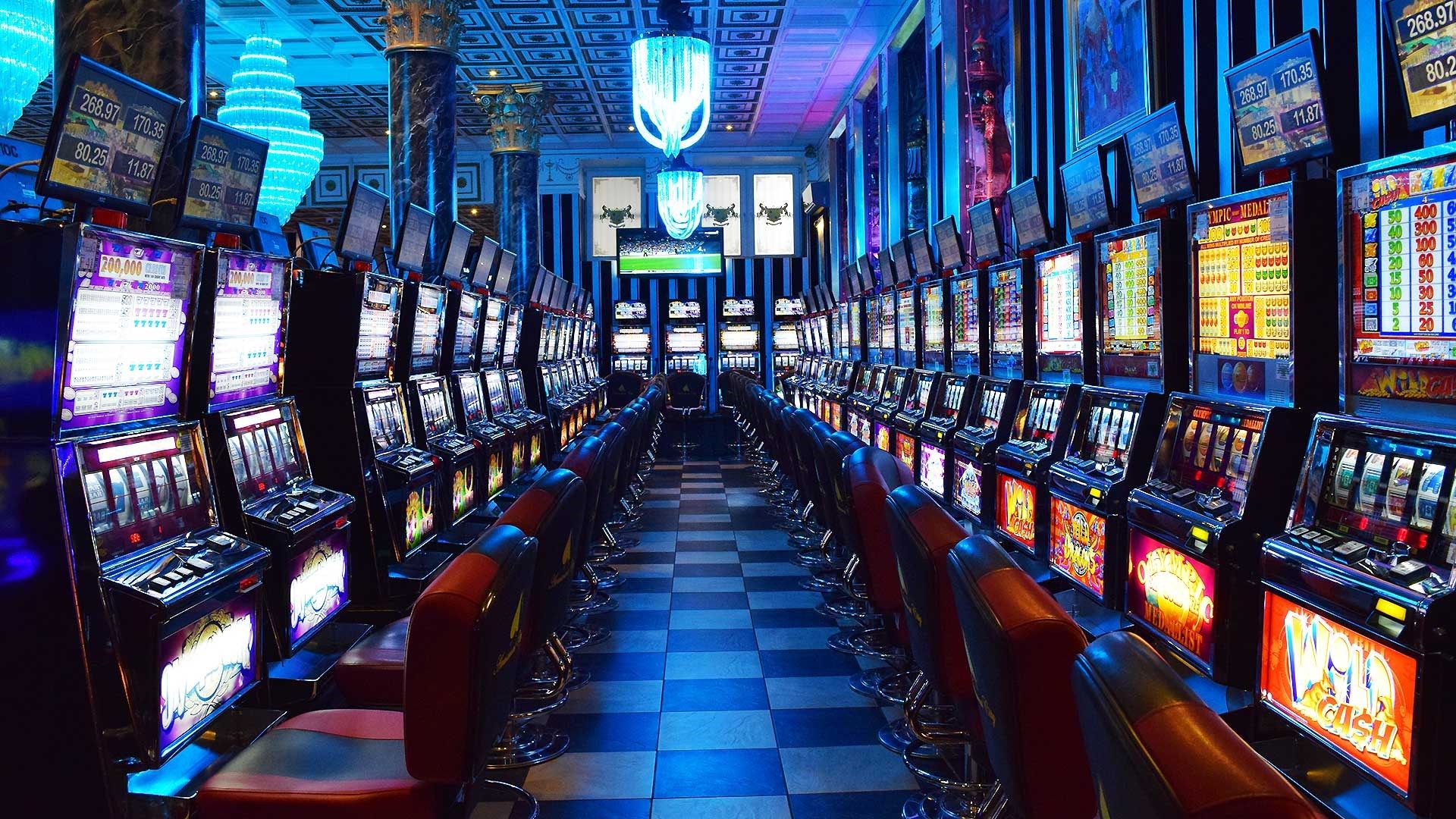
Casino games have long captivated human interest, drawing gamblers into a world filled with chance, planning, and the allure of thrill. Each activity is meticulously crafted not just for enjoyment, but also to evoke specific emotional responses that keep participants involved and invested. Understanding the drives behind these designs reveals much about how psychology plays a vital role in the gaming experience.
From the dazzling lights and dynamic sounds to the intricate layering of guidelines and payoffs, casino games are designed to create an atmosphere of anticipation and anticipation. Game designers leverage mental cues to influence gambler behavior, whether through the use of winning opportunities, almost wins, or social interactivity. By examining these aspects, we can better appreciate how casino games fulfill not just a desire for entertainment, but underlying psychological needs for excitement and uncertainty.
Comprehending Gamer Behavior
Casino games are designed with a thorough comprehension of player psychology, which is crucial for attracting and retaining players. The rush of the game, coupled with the hope of winning, creates a strong draw. Game designers employ elements like sonic elements, dynamic graphics, and immersive gameplay to capture attention and evoke emotional responses. These sensory experiences enhance the immersive experience, making players feel more invested in the game.
Another important aspect of player behavior is the idea of risk/reward dynamics. Casino games often weigh high-stakes situations with the potential for considerable rewards, which can cause the occurrence known as near-miss effect. When players come close to winning, the brain secretes dopamine, reinforcing their behavior and prompting them to keep playing in pursuit of that hard-to-reach win. This cycle of anticipation and frustration plays a crucial role in how games are structured and advertised.
Lastly, social factors also play a central role in player behavior at casinos. Many games are crafted to be played in groups or in company with other players, nurturing a sense of togetherness and shared experience. The community engagement inherent in games like baccarat enhances enjoyment and can result in prolonged gaming periods. Designers capitalize on this by designing environments that prompt players to remain, connect, and come back, making the overall casino experience more inviting.
The Role of Visuals and Sound
Imagery and audio play a crucial role in elevating the gambler’s experience within gambling games. Designers utilize bold colors, striking graphics, and engaging animations to attract players’ attention and sustain their interest. The use of motifs, such as exploration or opulence, helps create an engaging atmosphere that takes players into another world. By connecting to the senses, these elements add to a intensified emotional response, encouraging players to engage more profoundly with the games.
Sound design is just as important in reinforcing the experience of gambling games. The combination of ambient music, sound effects for winning combinations, and environmental noises creates an sound landscape that keeps players fascinated. Audio cues associated with wins, such as chiming bells or festive music, evoke feelings of thrill and satisfaction, prompting players to keep playing. These sound cues are carefully placed to amplify the thrill of the game and create a more immersive experience.
Moreover, the alignment of visuals and sound is essential for reinforcing the game’s overall theme and mood. Each element should align seamlessly to create a cohesive experience that pulls players in. non GamStop sports betting The effective use of this synergy not only enhances user satisfaction but also boosts the chances of repeat play, as players become more invested in the captivating world that the gambling games offer. This thoughtful combination of imagery and sound ultimately enhances player involvement and commitment.
Reward Systems and Participation
The creation of casino experiences greatly relies on incentive structures to ensure participants engaged and returning for additional experiences. These structures are rooted in psychological theories that exploit human nature and desire. Players are often driven by the excitement of winning, which is reinforced by immediate responses through the game’s mechanics. This prompt satisfaction not just improves the overall experience but also cultivates a sense of success, prompting players to keep participating in hopes of greater rewards.
Gaming establishments implement various incentive systems, including jackpots, bonuses, and multipliers, to captivate participants. These features create a level of thrill that maintains engagement. Additionally, the randomness of outcomes plays a significant role in sustaining interest. The intermittent reinforcement schedule, where wins are random but occur often enough, keeps participants on edge and motivated to keep playing. This loop of hope and expectation is foundational to the success of casino games.
In addition, community aspects, such as competitive events and multiplayer features, enhance the participation factor by leveraging the desire to compete of players. The shared experience of playing with others can intensify the excitement of success and create a community atmosphere within the gaming space. By integrating these social dynamics with efficient incentive structures, casino games don’t just offer entertainment but also nurture a deeper connection among participants, reinforcing their loyalty to the gaming experience.